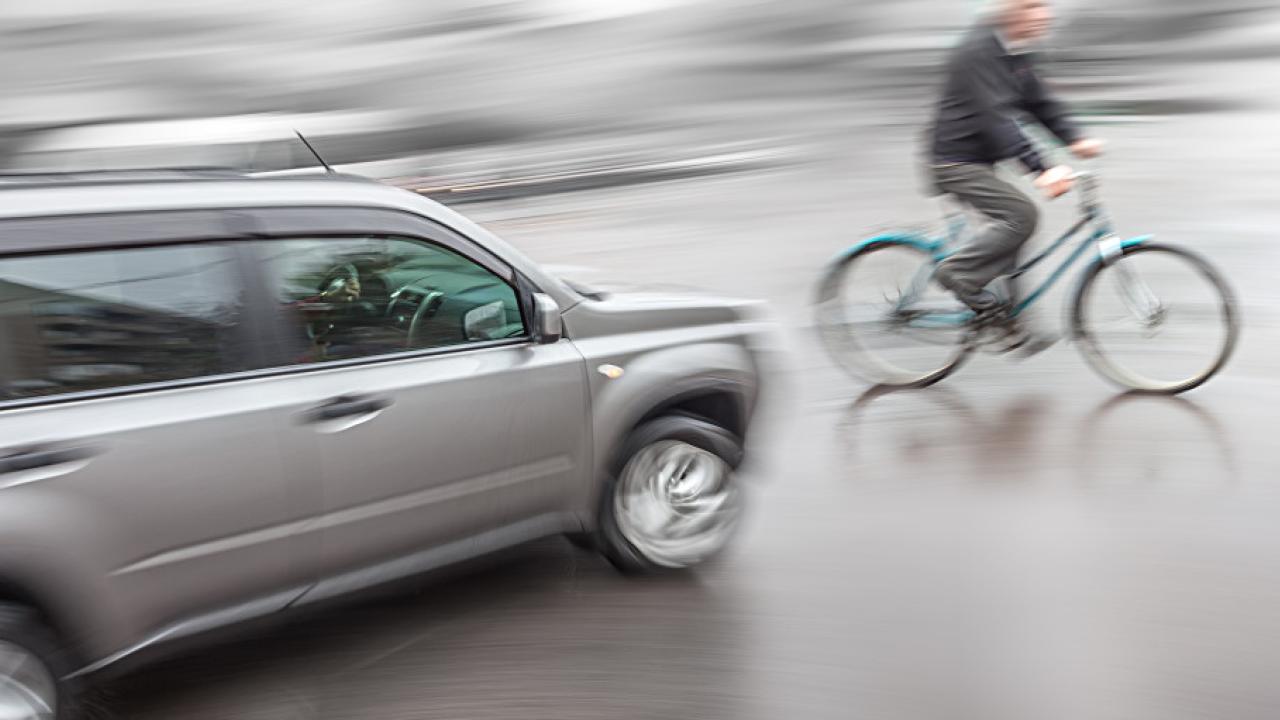As the cost of gasoline and the awareness about the damage of fossil fuels both increase, more and more people are deciding to use alternative modes of transportation. Given that Los Angeles benefits from bicycle-friendly weather all year long, bicycling is a common and a viable choice for UCLA students, staff and faculty.
However, many cyclists have to share the road with cars where there is no practical access to bike paths or protected lanes. This means potentially dangerous encounters with motor vehicles.
To avoid common cycling accidents, every vehicle operator should read about their state's official DMV handbook, whether they are on four or two wheels. Although cyclists do have to understand and comply with the same rules of the road as cars, they also have unique challenges. Being aware of and knowing how to avoid the three most common cycling accidents may save your life.
Right Cross Accidents
Right cross accidents occur when a cyclist, who has right of way, is struck by a car exiting a side street, driveway or parking lot and attempting to turn right or left. This
may also happen when a driver pulls out far enough to block the cyclist's path. This is usually caused by a driver failing to notice the cyclist coming from their left.
As a vehicle, a bicycle has full right of way when it is going straight along the side of a road. The driver, in this case, is failing to provide this right of way.
Avoiding this type of accident requires making yourself more visible to drivers. Adding a headlight to your bike or helmet and turning it on during the day is one effective measure. Wear bright colors (orange is the most noticeable color), and don't hesitate to wave, yell, use your bell, and make eye contact with drivers. Riding further to the left of the road, when possible, may also help prevent this accident.
Right Hook Accidents
Right hook accidents occur when a cyclist, riding to the right side of a car, is struck by the car attempting to turn right. In other words, the cyclist, going straight through an intersection, is hit by a car turning right at the same intersection. This can also happen when a driver deliberately overtakes a cyclist through an intersection, and then makes a right turn, wrongly assuming that they have driven a safe distance away from the bicycle.
You can avoid this type of accident by driving further left from the curb, which makes you more visible and more memorable to drivers. It can also give you headway for avoiding a collision. Pay attention to the turn signals of surrounding vehicles, and stay back if necessary.
Door Collisions
Door collisions—also called "the Door Prize"—happen when the driver of a parked car opens their door in the path of a cyclist. The cyclist, who didn't have enough notice to swerve or stop safely, collides with the open door. This is an error on the driver's part, not the cyclist, since cyclists have the same rights as cars. A parked car door opening in the way of another car would also be the parked driver's fault.
Cyclists can avoid this common accident by riding a safe distance away from parked cars. You should also pay attention to potential drivers sitting in parked cars; if you see someone there, you can swerve to the left to avoid the door potentially opening in your path.
In general, bicycle accidents happen because cyclists are smaller, and therefore less noticeable, than motor vehicles. Having a headlight turned on even during the day and wearing bright clothing are effective passive measures to increase your visibility to drivers.
Photo Credit: Getty Images






